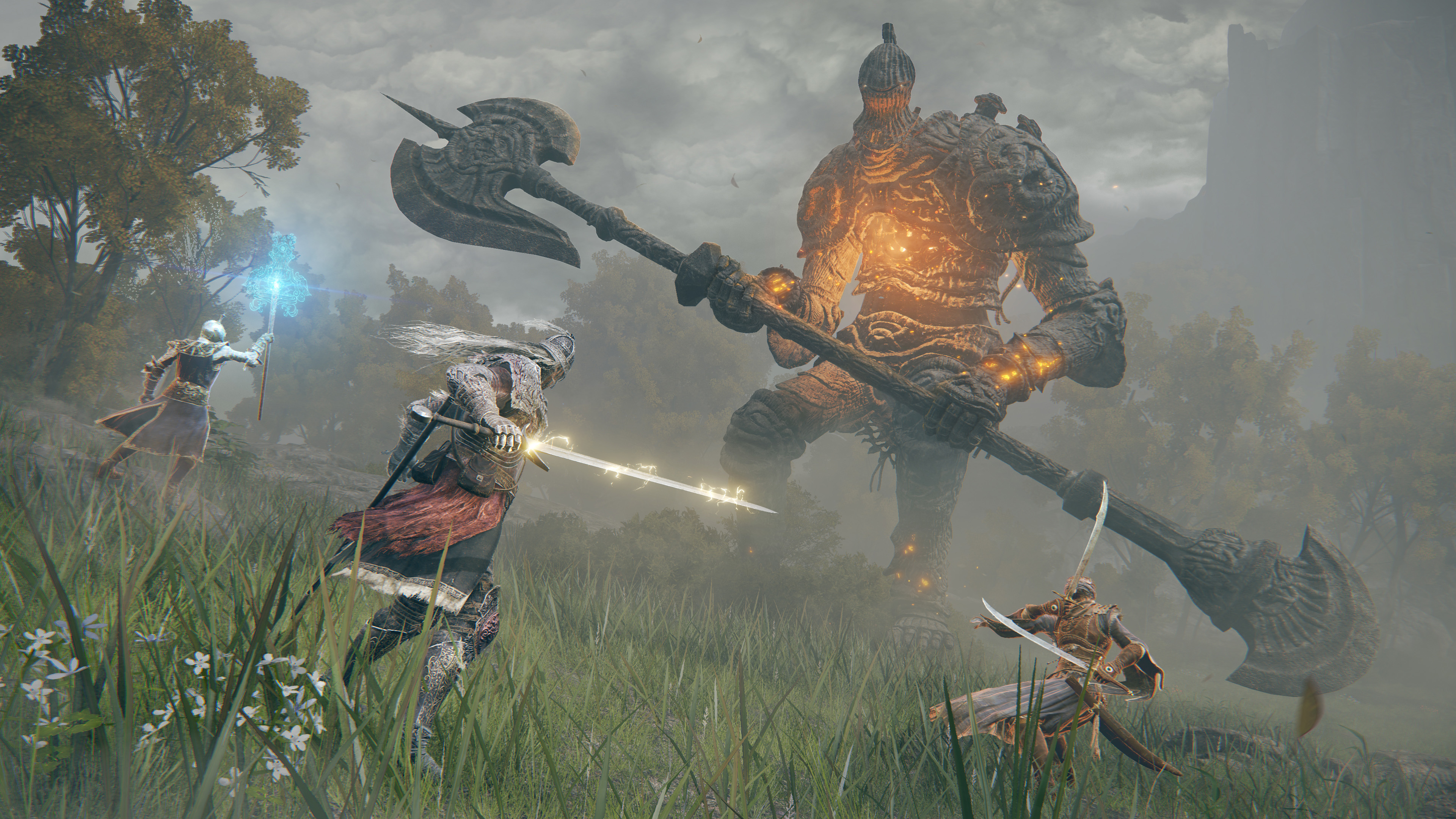
When the PS5 and Xbox Series X arrived over three years ago, there was a lot of chatter about whether we were finally in the generation of playing games at full, glorious 4K resolution simultaneously with 60 frames per second (fps; 4K/60) speeds on console.
This has, of course, not come to fruition. While there is a smattering of 4K/60 offerings, the vast majority of games aiming to increase the frame rate have to compromise on image quality to do so. Or, vice versa - which brings us to 4K gaming at 30fps (4K/30), which I am here to tell you is still a superb experience in many cases and shouldn’t be hastily dismissed.
Arguments will go on about whether 4K/60 was over-promised, or actually what people should expect from the current crop of gaming consoles, but I’m here to bang the drum for a stable 4K/30 as it (still) unfairly gets a bad rap. Plenty of games shine when being played in this mode, and the experience on offer is one that’s totally valid on console - and often underrated.
High Fidelity

I will almost always choose a Fidelity mode by default. This comes from a desire to see every detail in a game - every leaf vein, hand wrinkle, and glint in the eye - as well as to take the best screenshots. As good as the performance modes are for image quality, nothing beats a true, proper, 4K resolution complete with all the details, lighting effects, draw distances, et al.
I do change a bit though, from time to time, and often I take a policy of ‘fidelity for screenshots, performance for play’ - something that I definitely employed in my 200 hours with Assassin’s Creed Valhalla, for example. But otherwise it’s quality all the way, especially in an age where we can see more details than ever before in games. I want to appreciate every leaf edge and every raindrop in Seattle in The Last of Us Part 2 Remastered; every crack in the pavement in Grand Theft Auto 5; all the lush trees and shrubs, and every distant landscape feature in Red Dead Redemption 2's expansive lands; and every light particle crackling from Cal’s lightsabers in Star Wars Jedi: Survivor.
Even though the witchcraft of upscaling and the current-gen console’s graphics cards ensure lower resolutions still offer great picture quality, the reduction in detail is always noticeable and the 4K/30 modes are a perfect balance of image quality and pace. It’s worth noting that this is something that has been backed up by tech breakdowns, too: some recommend a fidelity mode as the ‘best’ way to play a game from a technical standpoint, with Horizon Forbidden West’s Digital Foundry analysis being one that sticks in my memory.
Embracing 4K/30 also enables you to experience boosts to fidelity that aren't defined by pure quality or detail. Among other features, fidelity modes often offer great enhancements to light and shadows offered by ray tracing - often the first thing to be shirked when a game prioritizes frame rates. This adds further refinement and sheen to a game's imagery and ensures you're getting the best picture quality possible.
Sign up for breaking news, reviews, opinion, top tech deals, and more.
A need for speed

I get the desire for smoother action and faster frame rates, of course. The jump between 30 and 60 is noticeable to the human eye in any game (though especially, to me, especially in fidelity, hyper-realistic games). Smoother action wins a lot of fans, and that might come from the influence of PC gaming hardware that ensures games aren’t limited to caps or bound by console limitations, thus enabling wild frame rates to be achieved, often easily breaking through the three-figure mark and being catered to with specialist monitors that offer refresh rates of 144Hz and above.
As a result, we live in times where some games will be seen as better when played at higher frame rates, especially fast-paced shooters or action games. The smoothed-out action or animations make combat moves easier to string together or dodge at the right time in games like Elden Ring, enable more fluid and fluent gunfire and shootout encounters in Call of Duty, and ensure that move sets are implemented with fluidity in modern fighting games (the latter often being locked to 60fps out of necessity and design.
This focus on high frame rates over all else is even truer in competitive gaming. This is why almost all esports-level competitions are competed on PC, and why games such as Call of Duty will be bumped down to 1440p or 1080p resolutions on console to achieve those higher frame rates.
4K/30 still does a terrific job of providing awesome gaming experiences
But despite this preference for prioritizing frame rates prevailing in casual gaming too - no matter how good the image quality is at a higher resolution, it doesn’t alter the fact that games can be comfortably played at 4K/30 and still offer sublime experiences at that setting.
The eye can keep up perfectly fine with action at that frame rate, the details and movements look more deliberate and realistic, and there’s also a cinematic feel to games in 4K/30 due to how human actions are presented to and processed by the eye at that speed, and it being close to the traditional film frame rate of 24fps.
I too am looking forward to 4K and 60fps being the new norm and sweet spot for console gaming. Maybe we’ll see that come to fruition if and when the likes of the PS5 Pro release. But until then 4K/30 still does a terrific job of providing awesome gaming experiences and is one I'm sticking with. The detailed environments, exquisite shadow and light rendering, and high-quality textures, vegetation, and draw distance (to name a few) make for immersive experiences on console and 30 frames per second is perfect for enjoying all of that.
If you’re looking for a new console screen for gaming, then check out our guides to the best monitor for PS5 and the best monitor for Xbox Series X right now.

Rob is the Managing Editor of TechRadar Gaming, a video games journalist, critic, editor, and writer, and has years of experience gained from multiple publications. Prior to being TechRadar Gaming's Managing Editor, he was TRG's Deputy Editor, and a longstanding member of GamesRadar+, being the Commissioning Editor for Hardware there for years, while also squeezing in a short stint as Gaming Editor at WePC just before joining TechRadar Gaming. He is also a writer on tech, gaming hardware, and video games but also gardens and landscapes, and has written about the virtual landscapes of games for years.